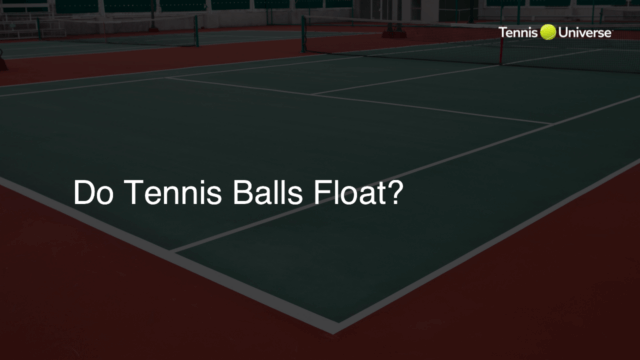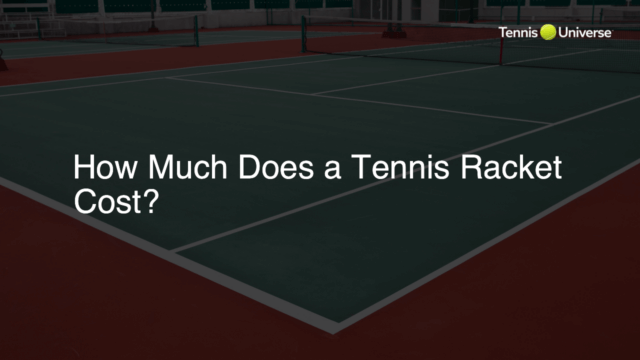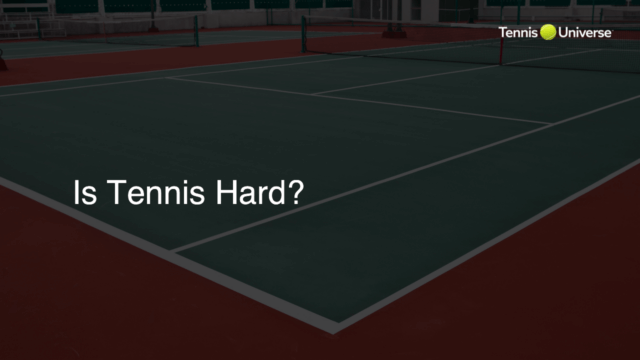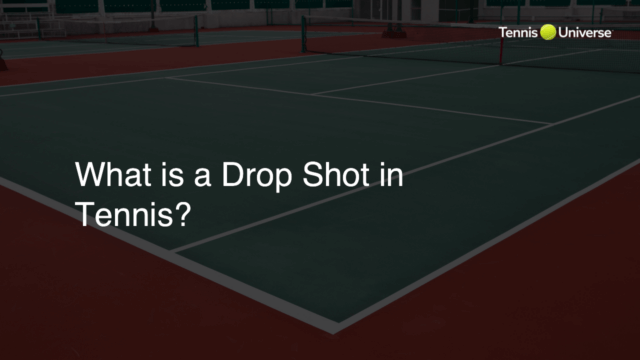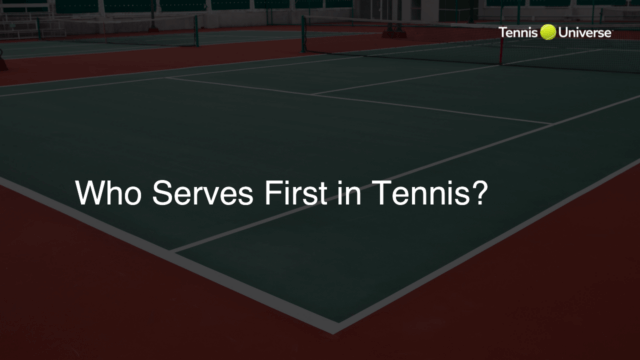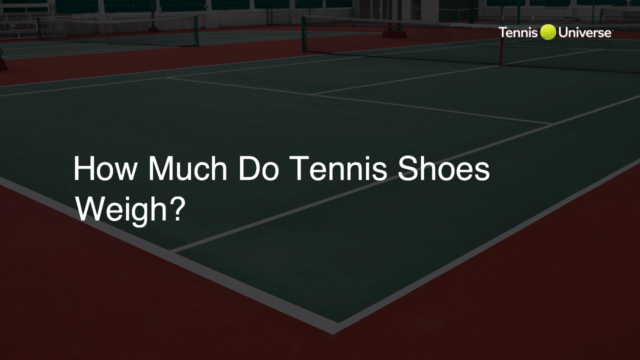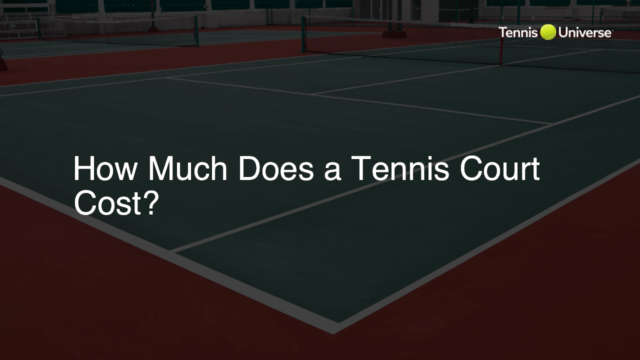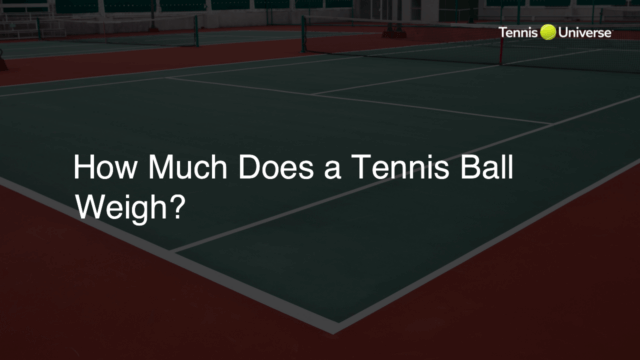An ace in tennis refers to a legal serve that is not touched by the receiver, resulting in the server winning the point. Aces are usually powerful, well-placed serves that leave the opponent unable to make a return.
Understanding an Ace in Tennis
An ace in tennis is a successful serve where the receiver fails to touch the ball, giving the server an immediate win of the point. Aces are valuable components in a player’s arsenal, as they can quickly swing the game in their favor. They are often achieved through a combination of speed, placement, and deception that prevents the opponent from making a return.
Ingredients for a Powerful Tennis Ace
Speed
One of the key factors that contribute to an ace is speed. A fast serve makes it harder for the receiver to react in time to return the ball. Professional players typically serve at speeds of 120-140 mph (190-225 kph), while recreational players tend to deliver serves at lower velocities. Regardless of skill level, increasing the speed of your serve can raise the likelihood of hitting an ace.
Placement
Another important aspect in achieving an ace is precise placement of the serve. A well-placed serve targets the corners of the service box or the lines, reducing the receiver’s chances of reaching and returning the ball successfully. Developing accuracy in serve placement requires practice, but it can significantly boost your chances of securing aces during a match.
Deception
Deception in a serve is crucial to catch your opponent off-guard. By varying the spin, direction, and speed of your serves, you make it difficult for the receiver to predict and anticipate where the ball will land. Developing a range of serve styles, including flat, slice, and kick serves, adds unpredictability to your game and increases your chances of scoring aces.
Role of the Tennis Racket in Acing a Serve
Although skill and technique are crucial for hitting aces, using the right tennis racket can also play a significant role. A racket with a larger head size can generate more power, while a racket with a smaller head offers better precision and control. Finding the perfect balance between power and control is essential to maximize your potential for delivering aces on the court.
Improving Your Serve for More Aces
Executing a successful ace in tennis requires mastering various serving techniques while incorporating elements of power, accuracy, and deception. Here are some tennis tips to help you advance your serve and increase your chances of scoring aces:
Tennis Tips for Developing a Powerful Serve
1. Strengthen your core and shoulder muscles
Powerful serves rely on a strong core and shoulder muscles. Incorporate strength training exercises, such as resistance band workouts, planks, and push-ups, into your fitness routine to improve your upper body strength and generate more power in your serves.
2. Refine your serving technique with a coach
Working with a qualified tennis coach can help you fine-tune your serving technique and identify technical flaws that may be limiting the power and consistency of your serves. A coach can provide personalized feedback and offer guidance on how to make necessary adjustments.
3. Practice proper ball toss
A consistent ball toss is key to an effective serve. Aim for a ball toss that peaks slightly above your maximum reach with your serving arm fully extended. Practicing your toss regularly can give you the foundation to develop more powerful and accurate serves.
Tennis Tips for Achieving Accurate Serve Placement
1. Maintain a consistent serve routine
A consistent pre-serve routine helps with focus and precision on the court. Develop a routine that you can replicate for each serve, ensuring that you are mentally and physically prepared for every point.
2. Set specific placement targets
When practicing your serves, set specific targets in each service box, such as aiming for corners or lines. This will help you develop better control and placement when attempting to land an ace during a match.
3. Experiment with different spins
Incorporate slice, topspin, and kick serves into your practice routine. These various spins can create different ball trajectories, making it tougher for the receiver to predict and handle your serve. Experimenting with spins allows you to diversify your serves and enhances your overall game.
Mastering Deception in Your Serve
Keep in mind that the tennis pros excel at disguising their serves. To elevate your game, focus on developing various serve styles and strive for unpredictable shot patterns. The more you’re able to keep your opponents guessing, the higher your chances of securing aces on the court.
FAQs About Tennis Aces
Here are some frequently asked questions and their answers related to tennis aces, which can help you further understand and improve your game:
What is the best grip for a powerful serve?
For a powerful serve, most players use the Eastern backhand grip or the Continental grip. These grips allow for better utilization of wrist snap, generating more speed and power in your serve. Experiment with both grips to find the one that best suits your playing style.
Is there a specific racket setup that can improve my chance of hitting an ace?
While there is no one-size-fits-all answer, it’s important to balance power and control in your racket setup. Consider a larger racket head for more power and a smaller head size for better precision. Additionally, you can also experiment with different string tensions to optimize performance.
How do I improve my serve consistency?
To improve serve consistency, focus on maintaining a steady pre-serve routine, mastering a reliable ball toss, and practicing various serving techniques frequently. Regular training alongside a tennis coach can also help identify areas for improvement and develop a consistent, effective serve.
How can I practice my aces without an opponent?
To practice aces without an opponent, use a tennis ball machine or throw a ball high enough to simulate a match situation. While practicing your serves, remember to set specific placement targets, such as the corners or lines, and work on various spins and styles to build a diverse skill set.
How do I recover after hitting an ace?
After hitting an ace, it’s crucial to maintain focus and composure. Treat each point as a new opportunity and continue implementing your pre-serve routine and game strategy. Be prepared for the next point and strive to play consistently throughout the match.


